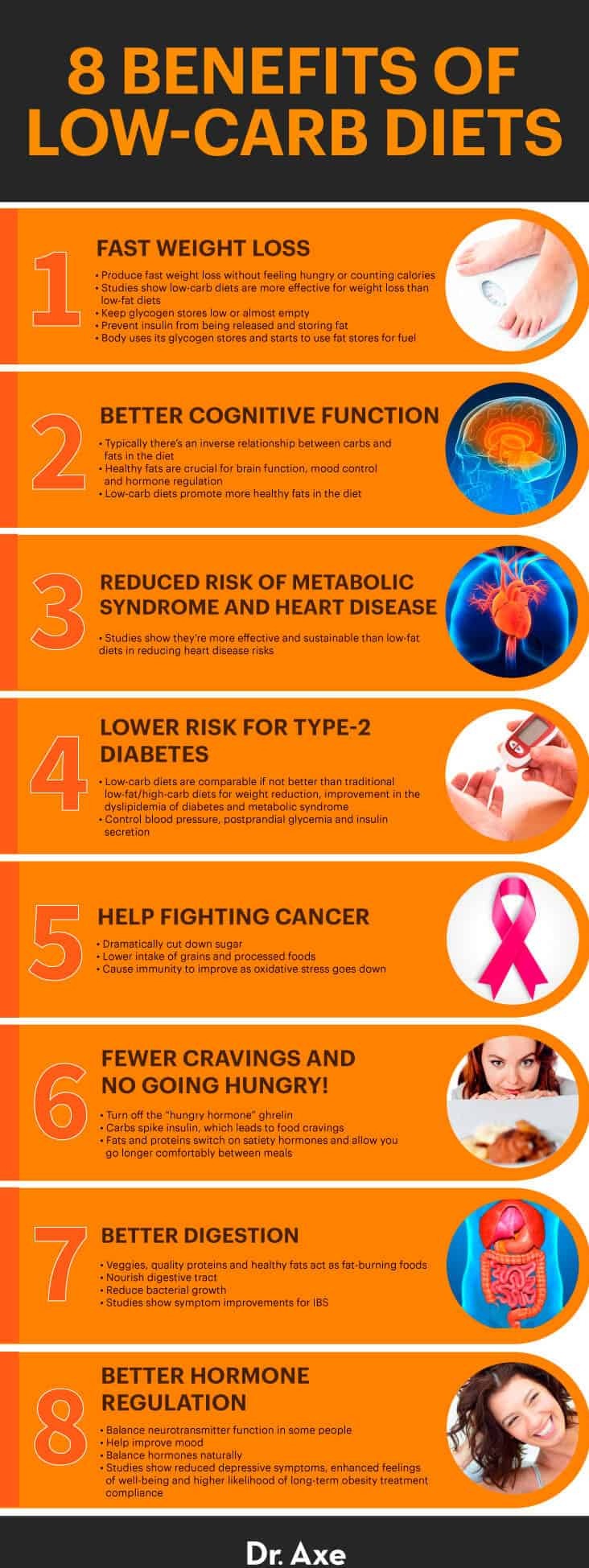
Americans consume approximately 55% of daily calories from carbohydrates that can include refined sources and simple sugars (Abbasi, 2018). Very low carbohydrate ketogenic diets (VLCKDs) can be defined as 20-50 grams of carbohydrates per day with, or without, the presence of ketosis (Feinman et al., 2015). Said dietary approaches have been explored, in addition to their utility and benefits to specific populations. The following will briefly consider such findings.

A study by Hussein et al. (2012) recruited 363 participants from the Al-Shaab Family Medicine Medical Center (Kuwait). Participants had to be at least 18 years old, had a body mass index (BMI) above25 kg/m2 and a fasting serum glucose level greater than 125 mg/dL (>6.9 mmol/L) (Hussein et al., 2012). Participants were given detailed information on the VLCKD and low-calorie diet during their initial visit and were advised to choose a low-calorie diet or a VLCKD, depending on their preference (220 participants chose the VLCKD and 143 participants chose the low-calorie diet).

Initially, participants in the VLCKD group were instructed to follow the VLCKD as individuals or in small groups, with an initial goal of 20 g/day of carbohydrate. Participants were also provided a list of recommended (i.e., consuming varied protein sources, 2 cups of salad vegetables/day, 6-8 glasses of water/day, implementing a multi-vitamin/mineral supplement/day) and restricted foods (trans fats, starchy carbohydrates, and simple sugars) in the VLCKD and were followed for 24 weeks (Hussein et al., 2012).

Results indicated that over the course of the dietary intervention, the VLCKD resulted in a significant improvement of glycemia (measured by fasting glucose and HbA1c) in participants with type 2 diabetes (78 participants were diabetic) (Hussein et al., 2012). Most relevantly, said results were measured in some participants after antidiabetic medications had been decreased to half in the VLCKD group. Other benefits of the VLCKD group included reductions in body weight, waist measurement, cholesterol, serum triglycerides, and significant increases in high density lipoproteins compared to the low-calorie group (Hussein et al., 2012).
In conclusion, research suggests the benefits of following a VLCKD, especially for populations exhibiting metabolic syndrome. One limitation of this study was that ketones were not measured. Thus, it is uncertain if ketone levels contributed/were associated with results. However, VLCKD appears to provide benefit without measuring ketone levels, and although it might be interesting to know ketone levels, it may not be necessary to experience the benefits of VLCKD interventions.
References
Abbasi, J. (2018). Interest in the ketogenic diet grows for weight loss and type 2 diabetes. The Journal of the American Medical Association, 319(3), 215-217.
Feinman, R. D., Pogozelski, W. K., Astrup, A., Bernstein, R. K., Fine, E. J., Westman, E. C., …Worm, N. (2015). Dietary carbohydrate restriction as the first approach in diabetes management: Critical review and evidence base. Nutrition, 31(1), 1-13.
Hussain, T. A., Mathew, T. C., Dashti, A. A., Asfar, S., Al-Zaid, N., & Dashti, H. M. (2012). Effect of low-calorie versus low-carbohydrate ketogenic diet in type 2 diabetes. Nutrition, 28(10), 1016-1021.
-Michael McIsaac
